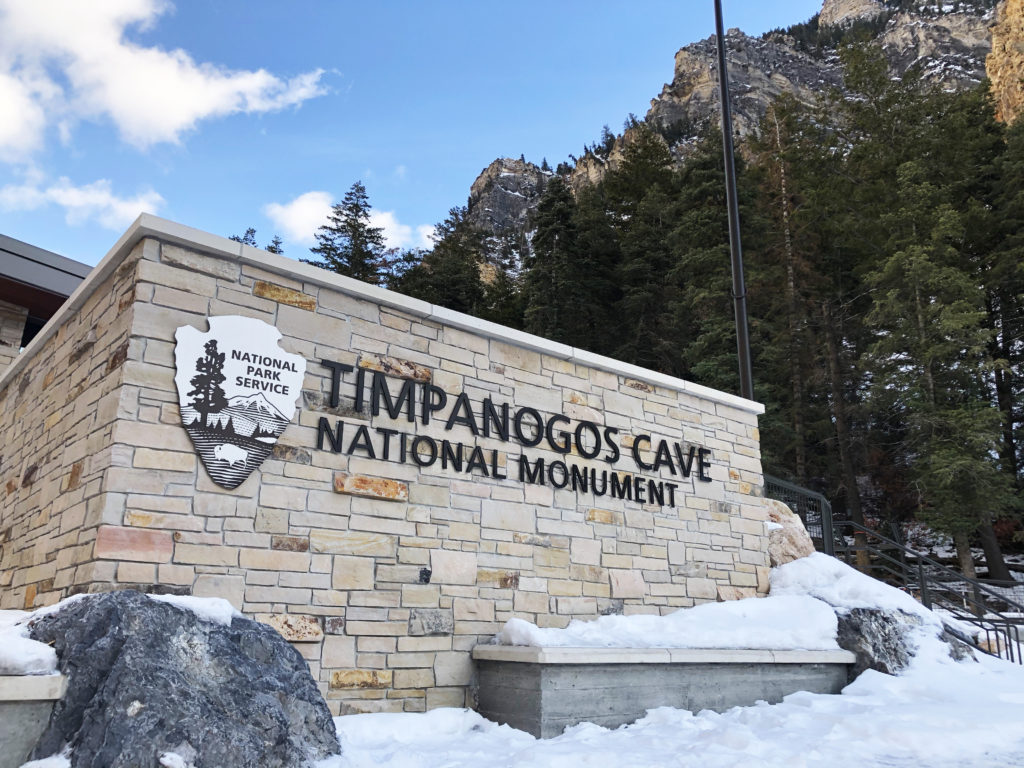
Sens. Mike Lee and Mitt Romney, both R-Utah, are working to pass the Protecting Utah’s Rural Economy Act, a bill that aims to stop presidents from reducing or expanding any more national monuments in Utah.
The bill comes after some back-and-forth over two Utah national monuments. In 2017, former President Donald Trump released an order that the Bears Ears and Grand Staircase-Escalante national monuments be reduced by 2 million acres.
Despite opposition and people wanting Trump to reverse the order, he decided to go ahead with the plans to decrease the area of both national monuments.
Lee’s current bill came about after President Joe Biden wanted to expand Bears Ears and Grand Staircase-Escalante national monuments back to their original sizes, undoing Trump’s reduction.
“National monuments in particular have become a political football that gets tossed back and forth as presidential administrations change,” Romney said.
This issue has become a polarizing topic with Utahns expressing strong views from both sides of the matter.
“Utahns and Utah officials are especially sensitive to these issues since around two-thirds of Utah is federal land, so these decisions have a broad impact on the state whether one is pro-more monuments or pro-developing these lands,” said BYU American politics professor Adam Dynes.
Some Utahns want the land on national monuments to be opened for drilling, mining and several recreational activities such as dirt-biking and off-roading.
“Nationally-owned land has so many restrictions that are unnecessary,” said BYU student and Utah native Abigail Dean.
However, “there are also plenty of Utahns who want to see these lands protected for low-impact recreation, tourism, scenic value, scientific study and tribal use,” said BYU political science professor Adam Brown.
There are Utahns who prefer monuments being federally owned due to the negative impacts opening up the national monuments would have on the environment.
“Anytime we take off restrictions on land, then it’s going to open it up to all sorts of things that will damage the landscape,” said BYU geochemistry professor Gregory Carling.
There could also be negative impacts on the landscape of these monuments if off-roading or motorcycles were to be allowed on the terrain of the national monuments.
“Off-road vehicles tend to damage the landscape, and the ecology of the places. Damaging the landscape and the ecology would make these places not as valuable for scenic beauty and other forms of recreation,” Carling said.
Opening up the land for drilling and mining could potentially bring in large amounts of money for the state of Utah.
However, Carling said while drilling and mining could help Utah make money, that would be a more short-term solution. A long-term solution would be to keep these national monuments to their original size so that more tourists will pay to experience the national monuments.
“It’s tourism that is going to help our economy. If you live in rural parts of Utah with national parks and national monuments, tourism is an incredible source of income for these parts,” he said.




